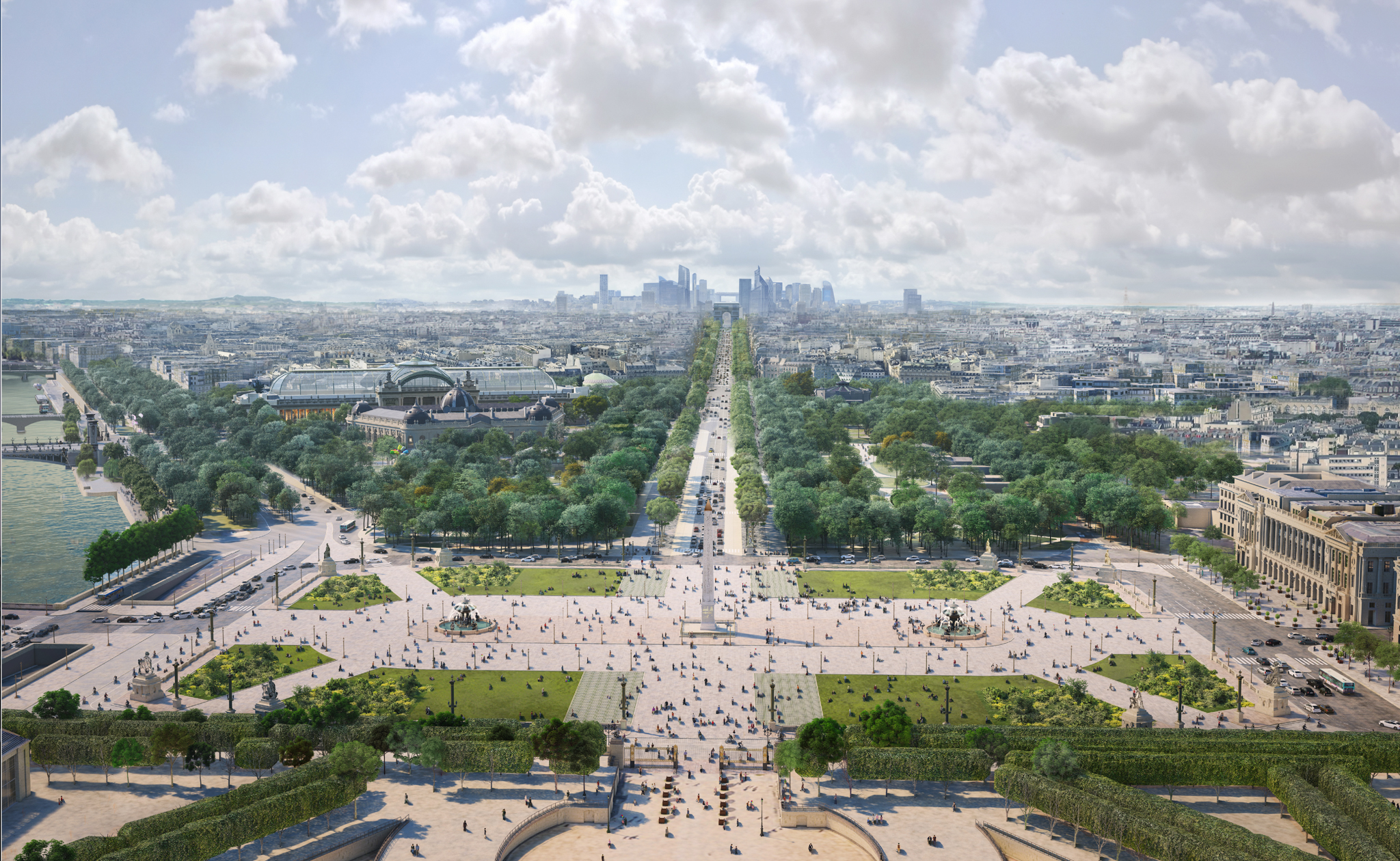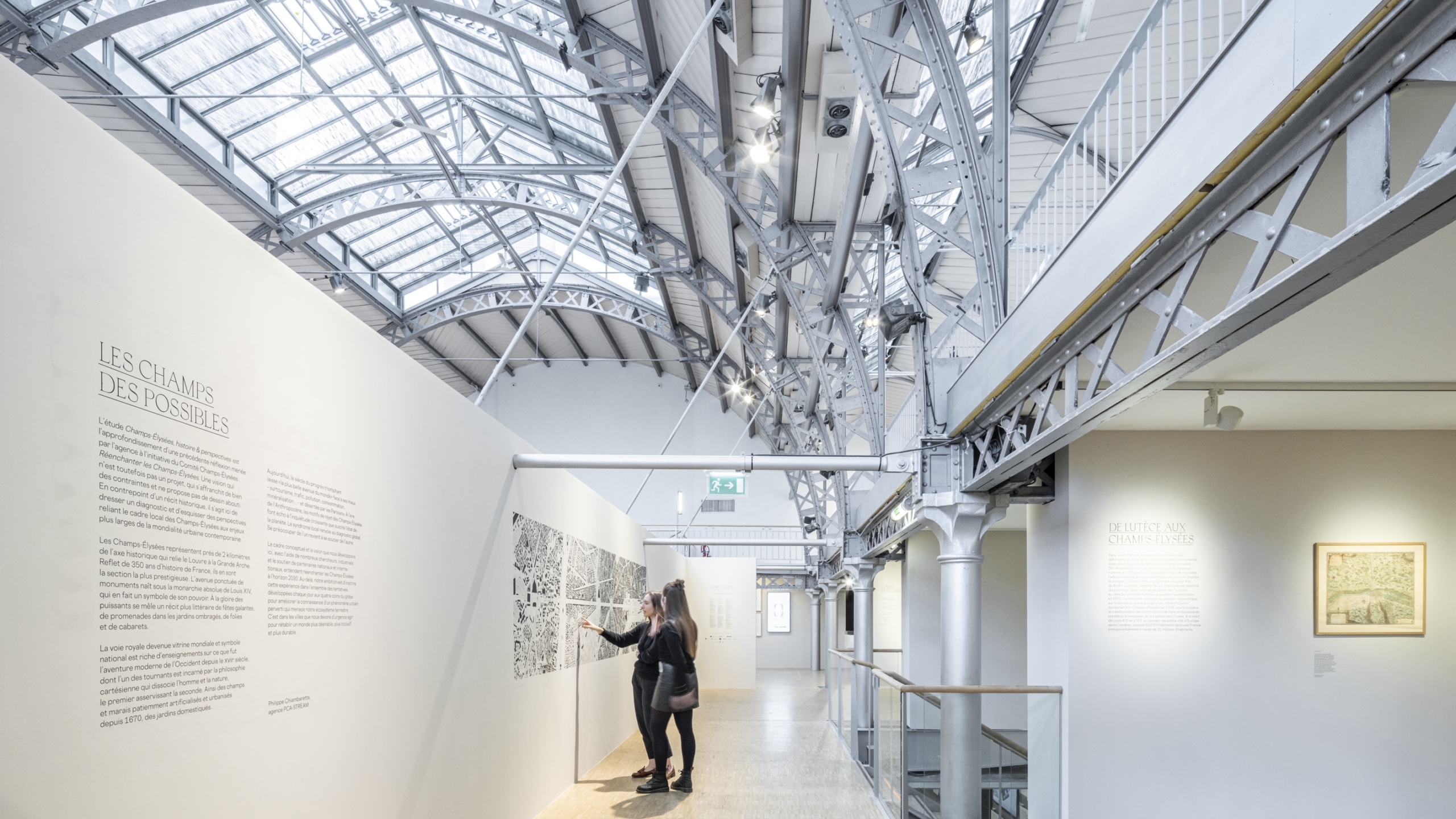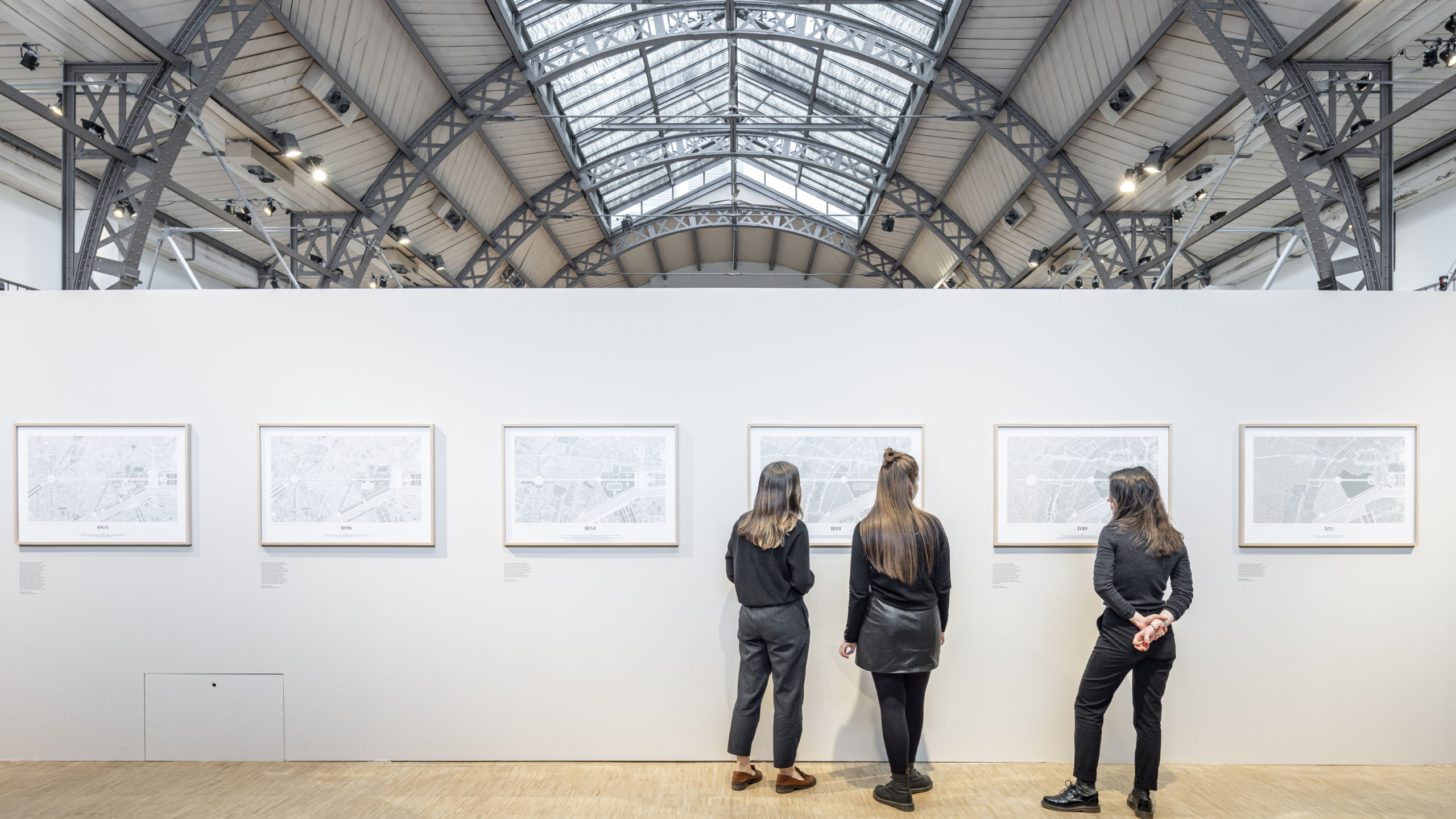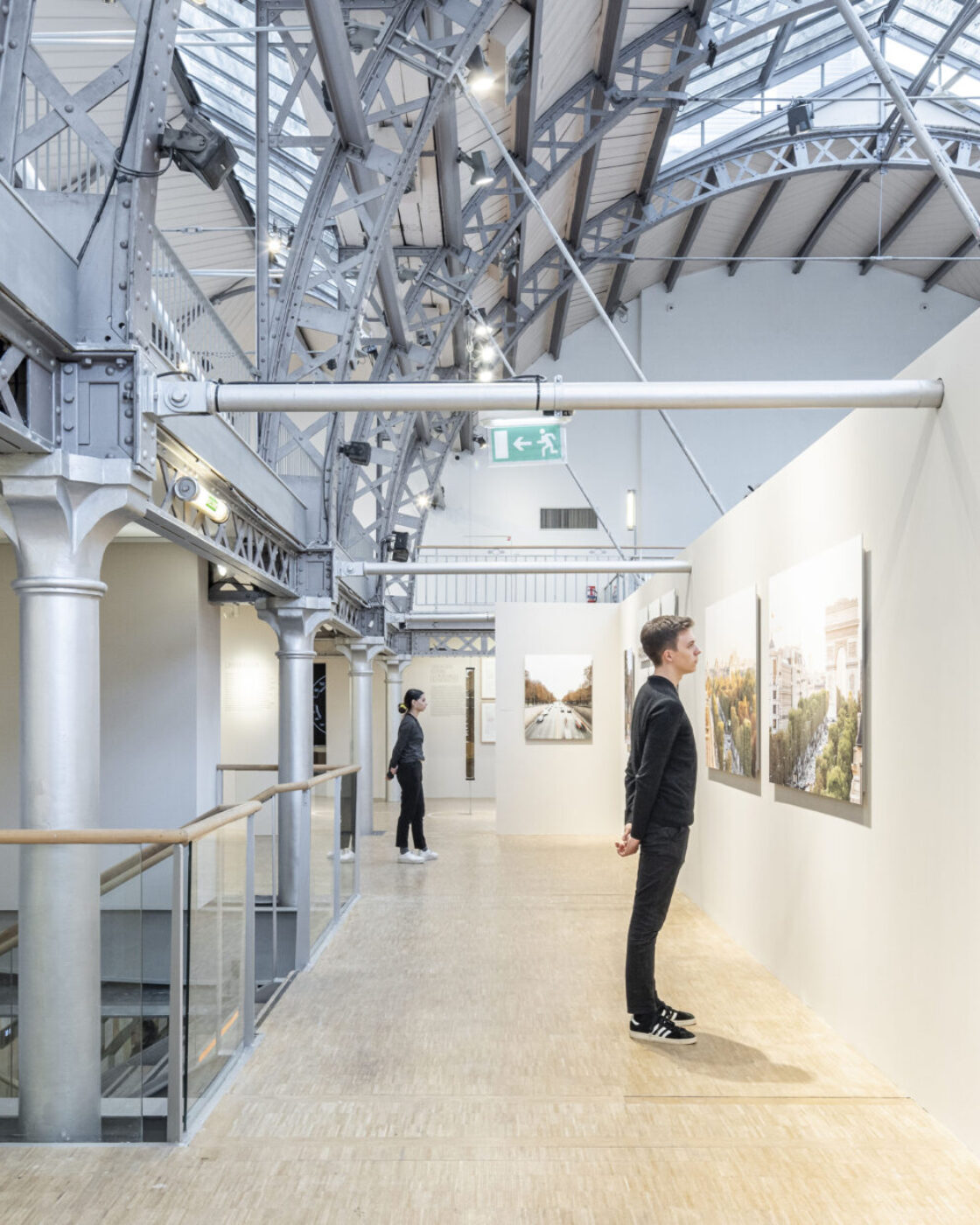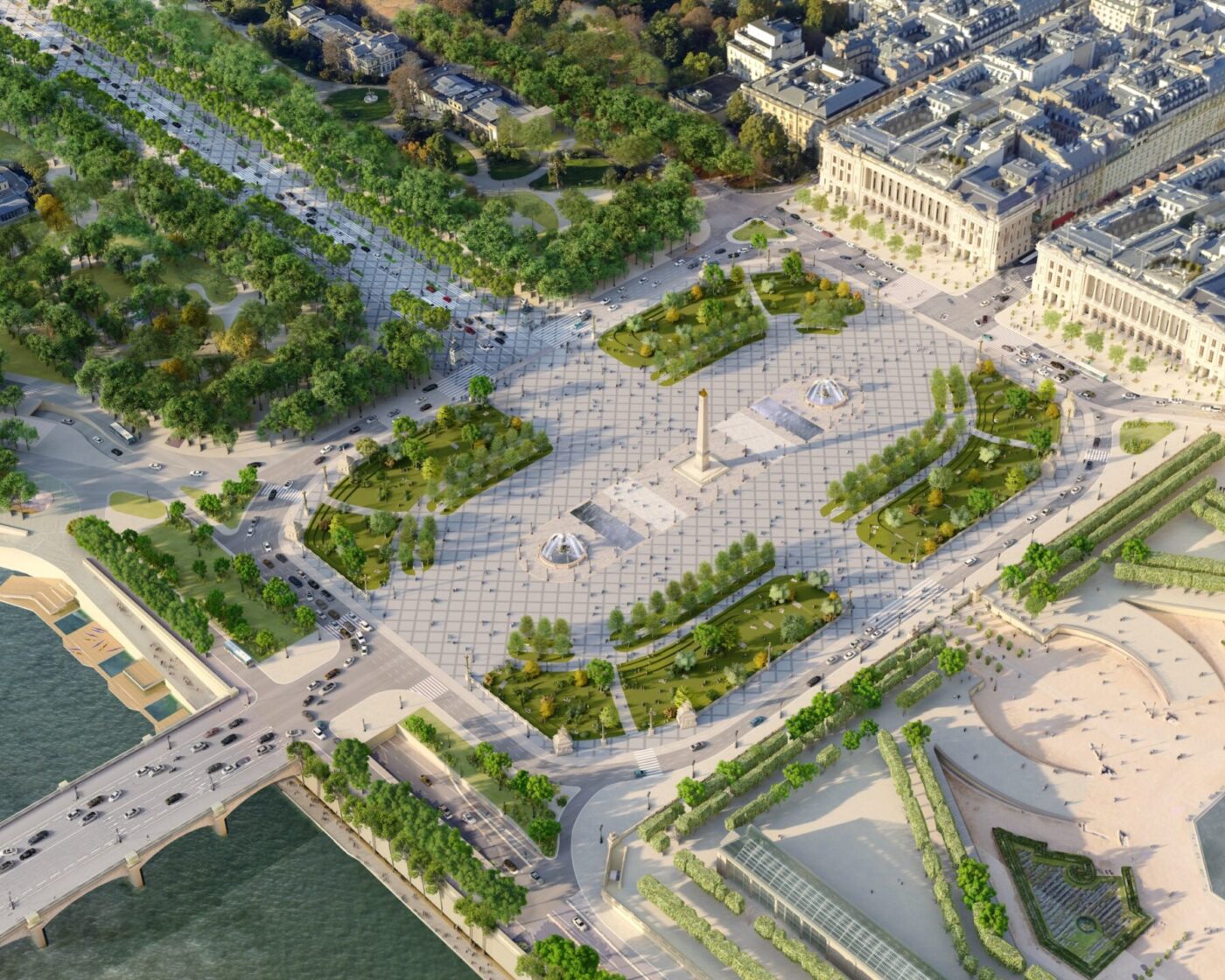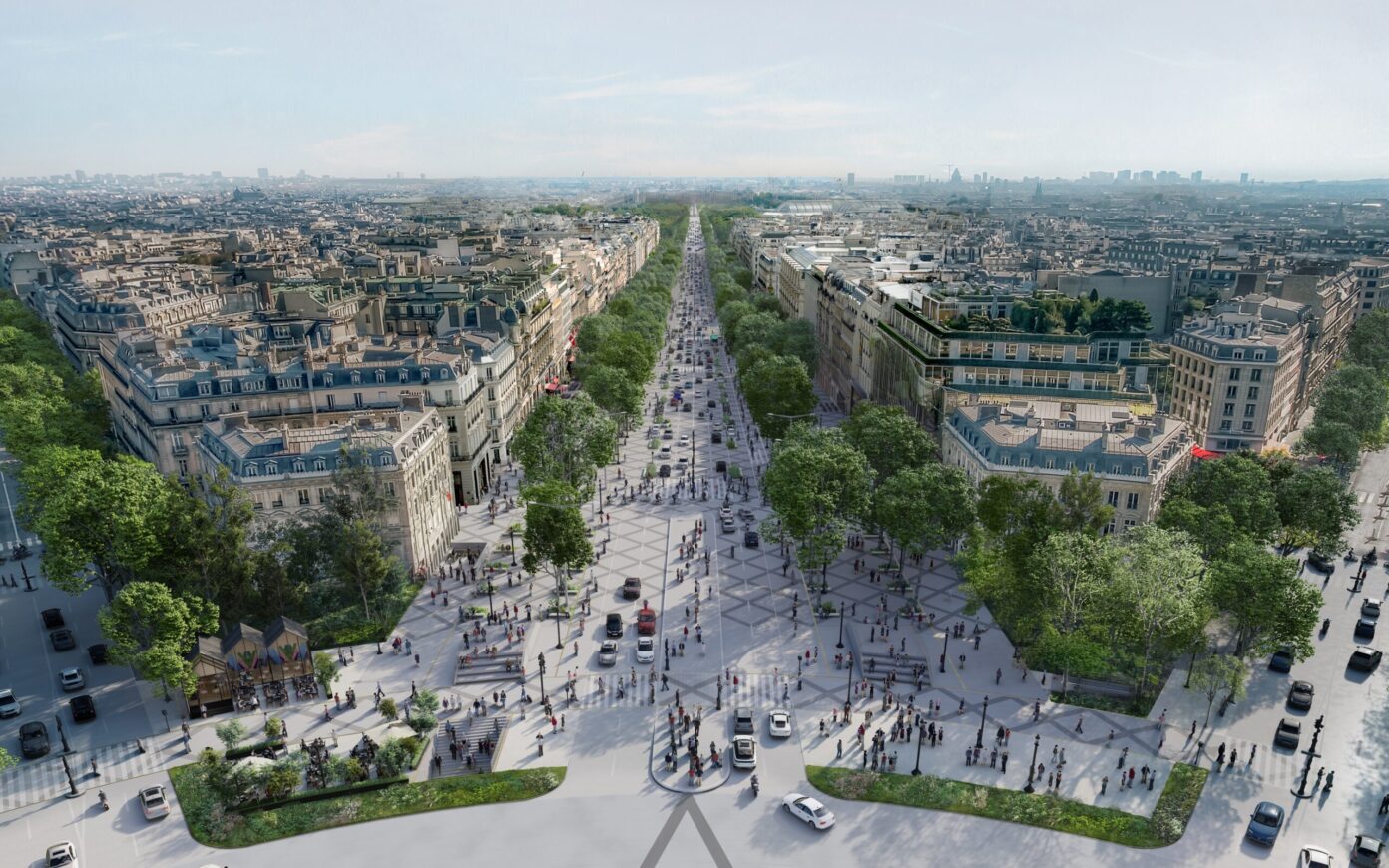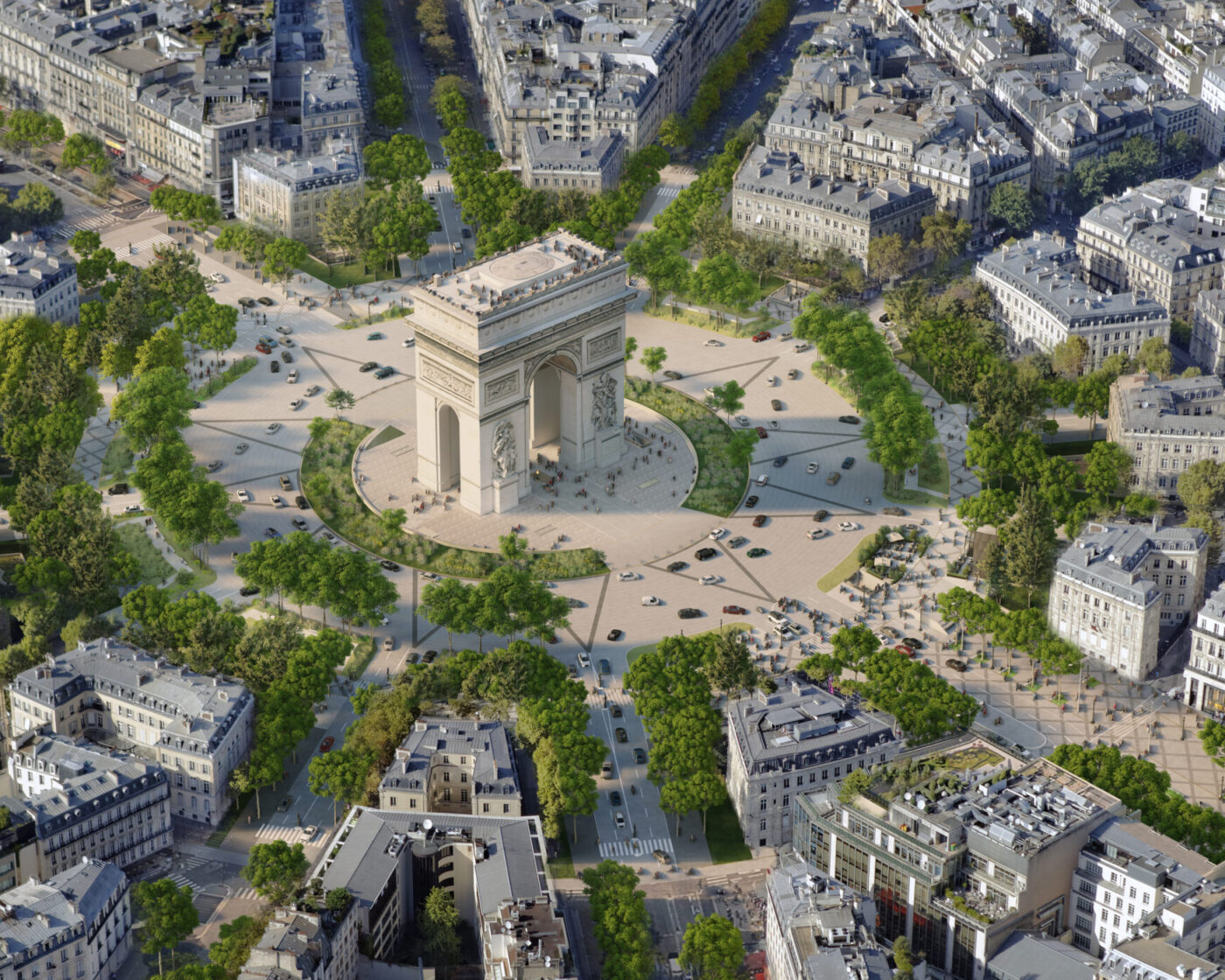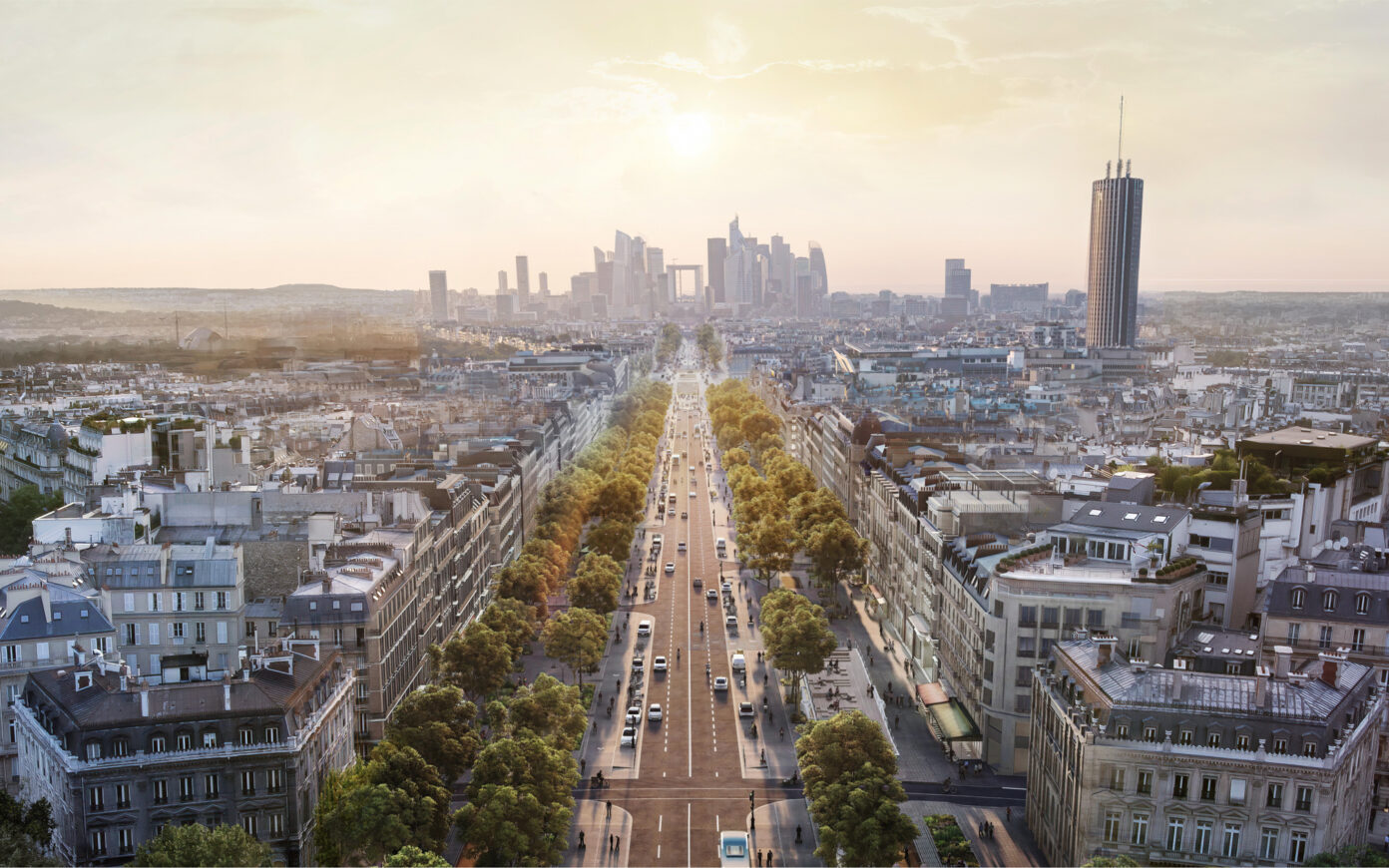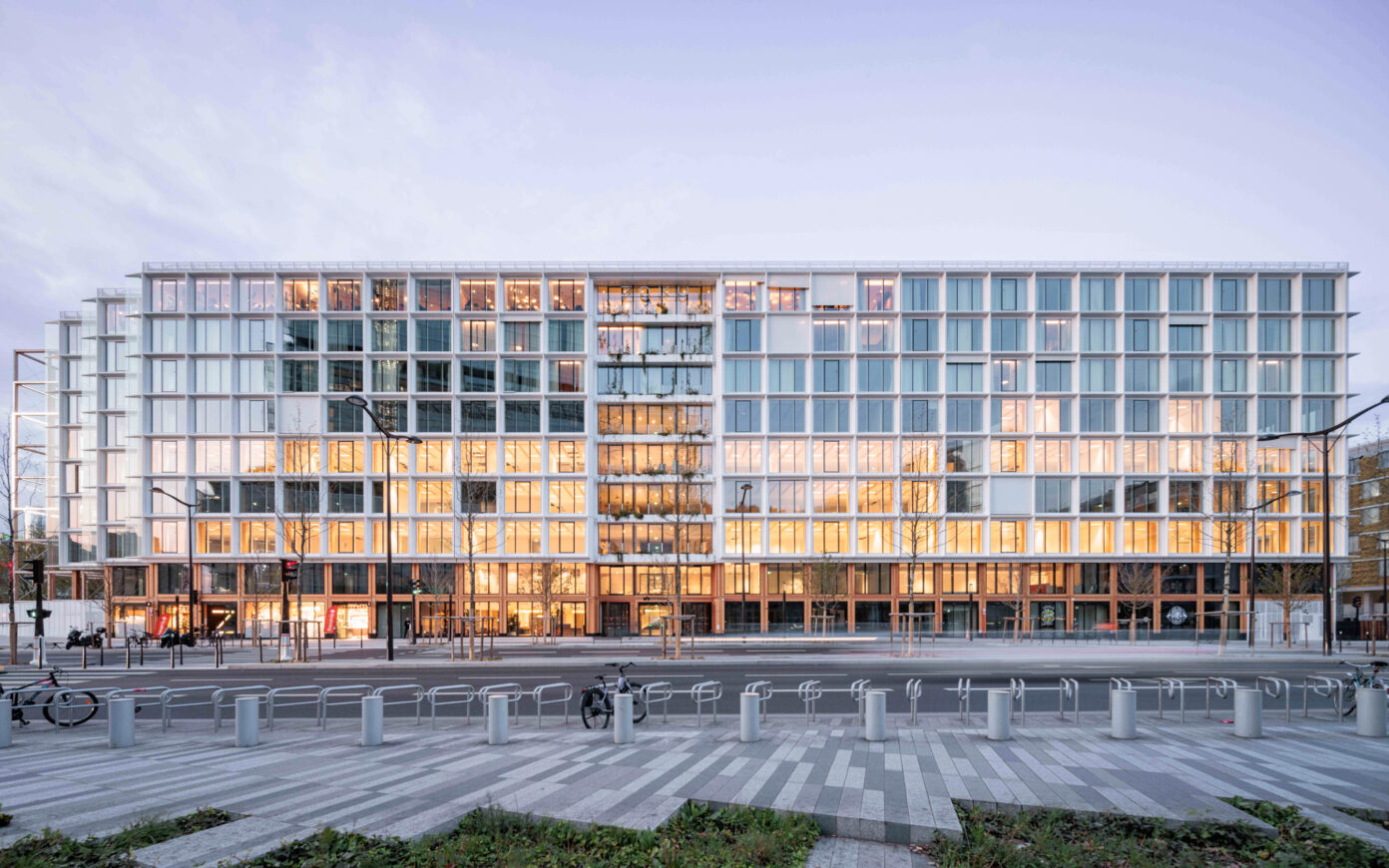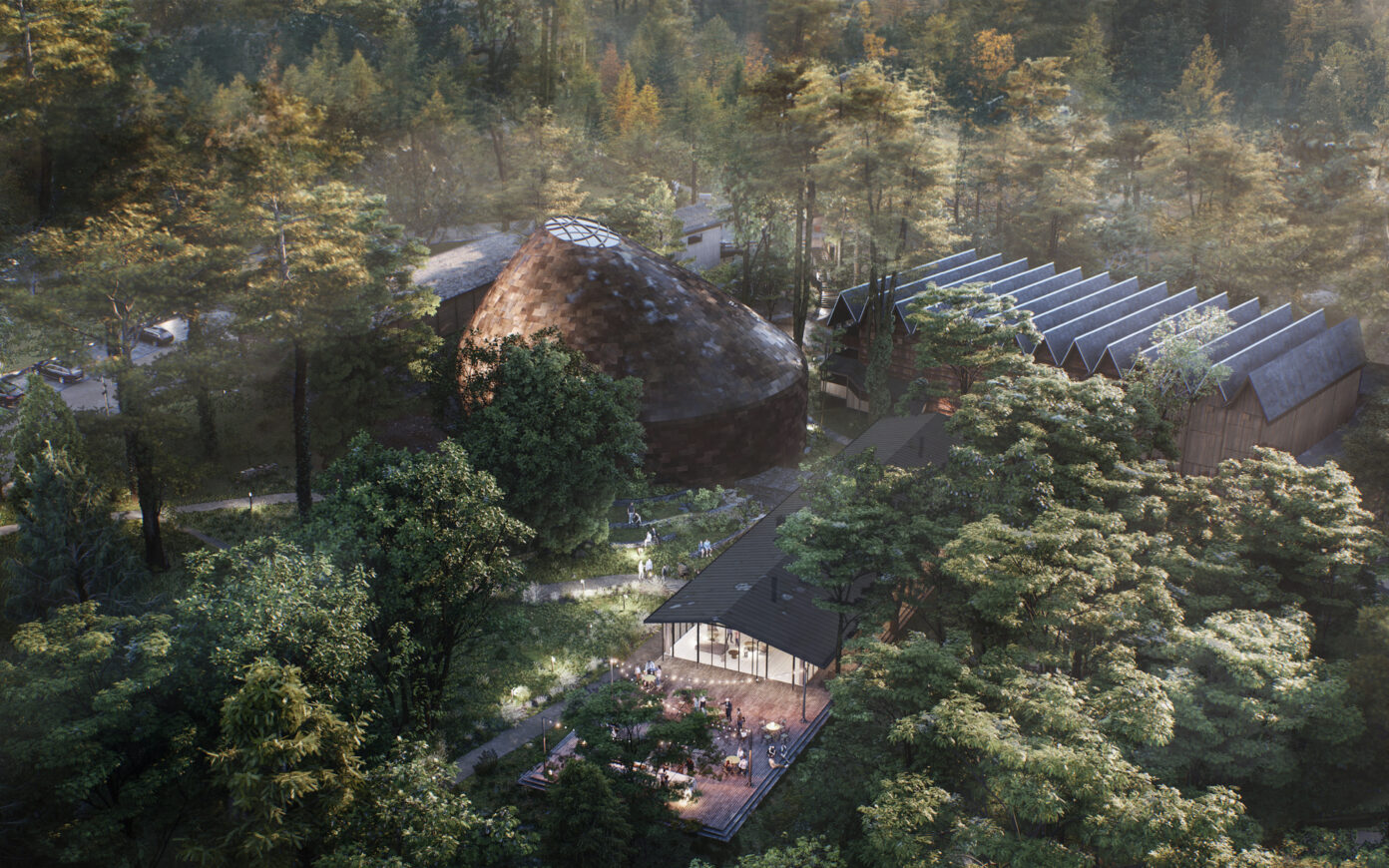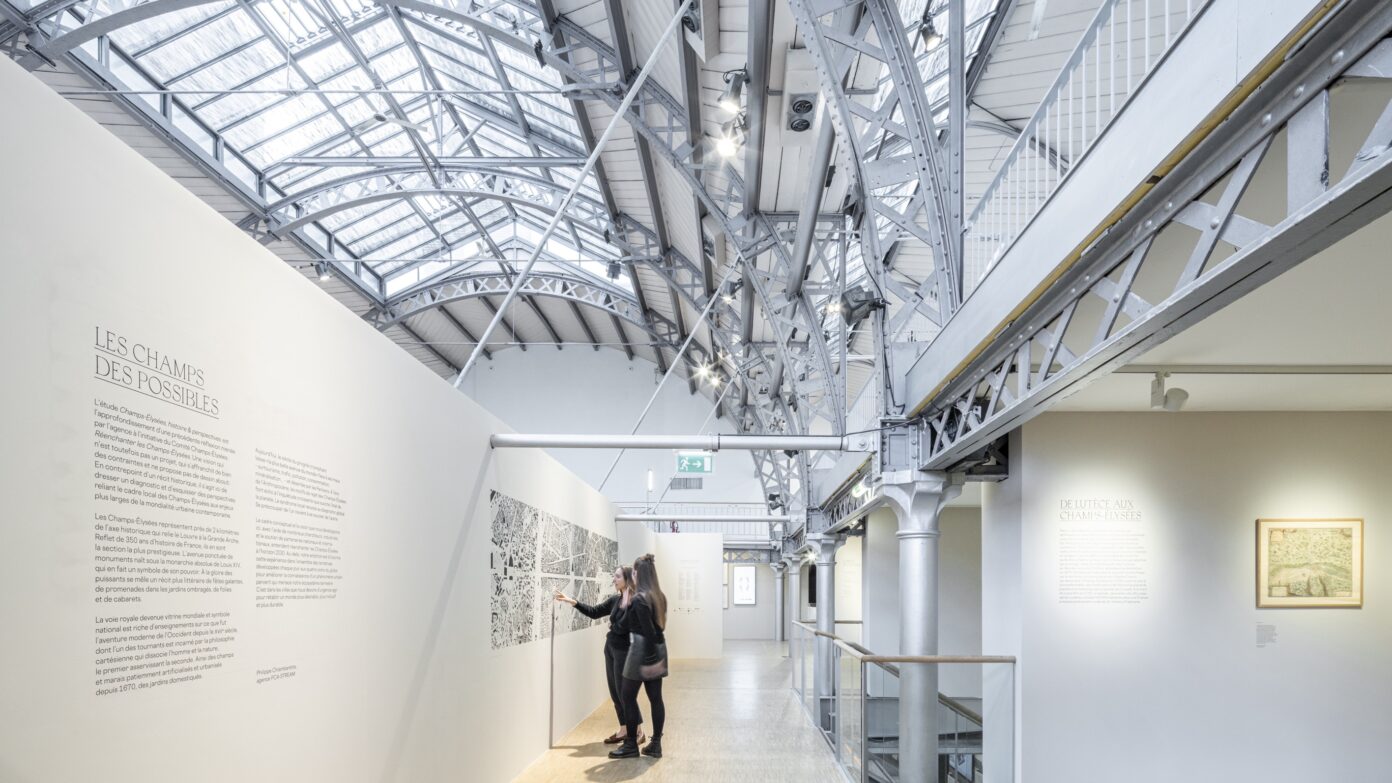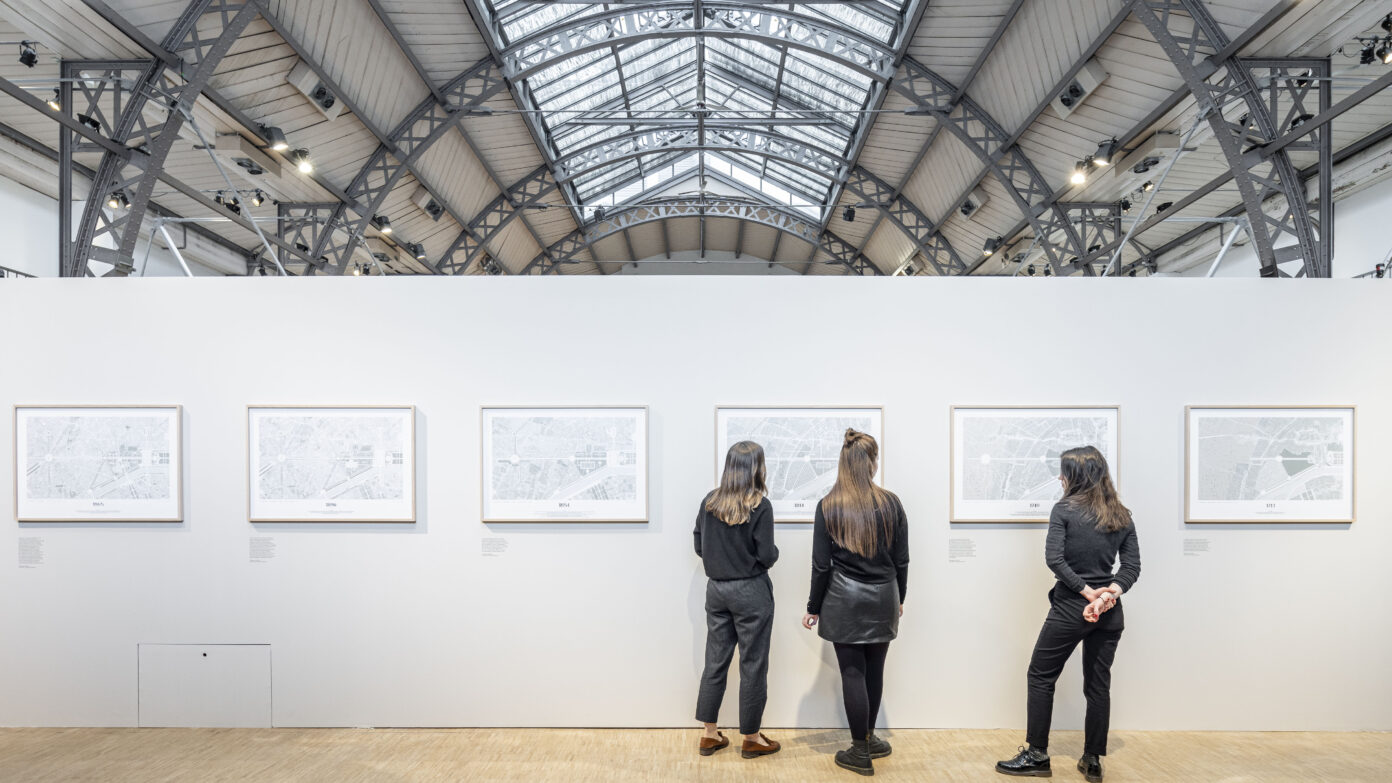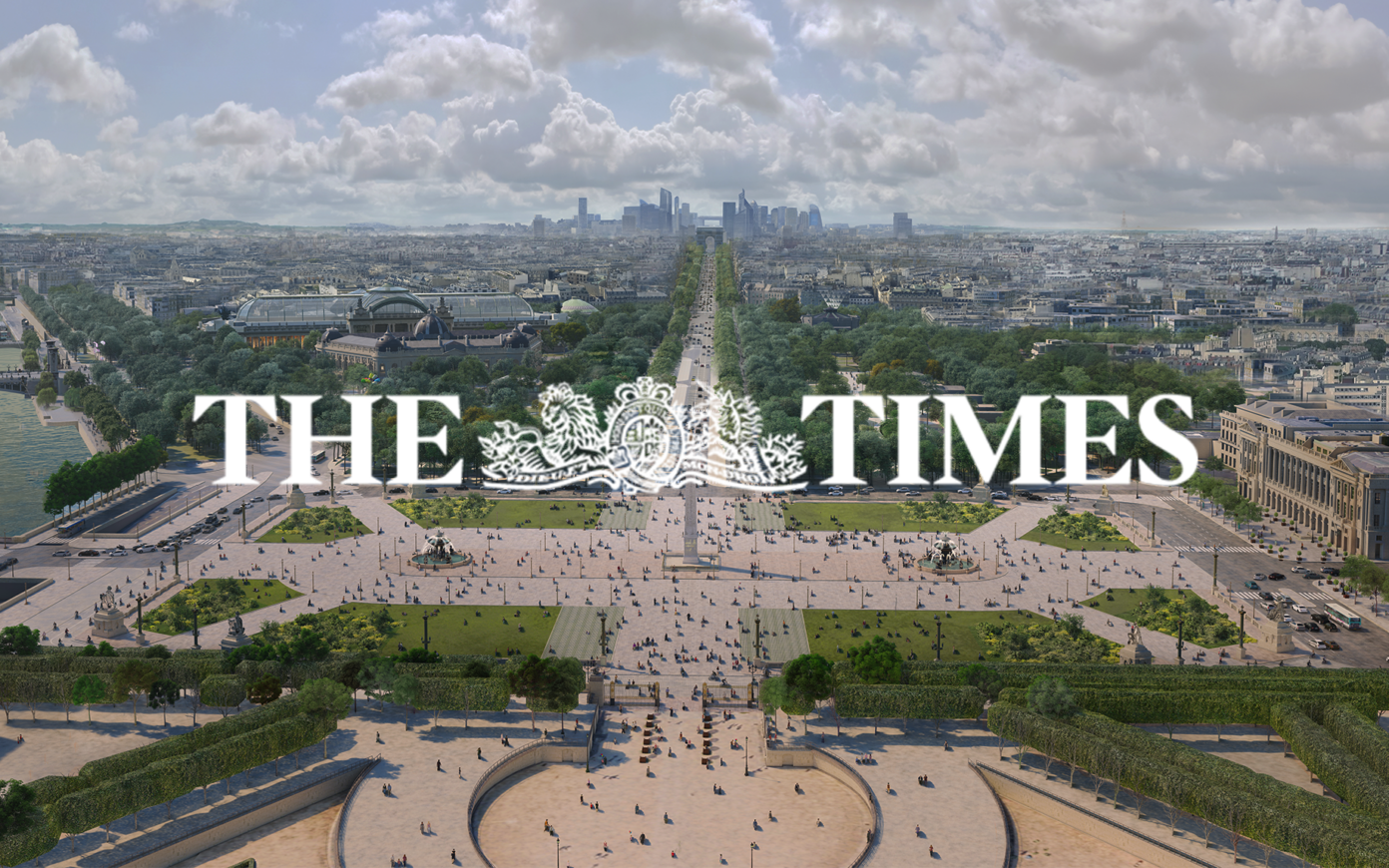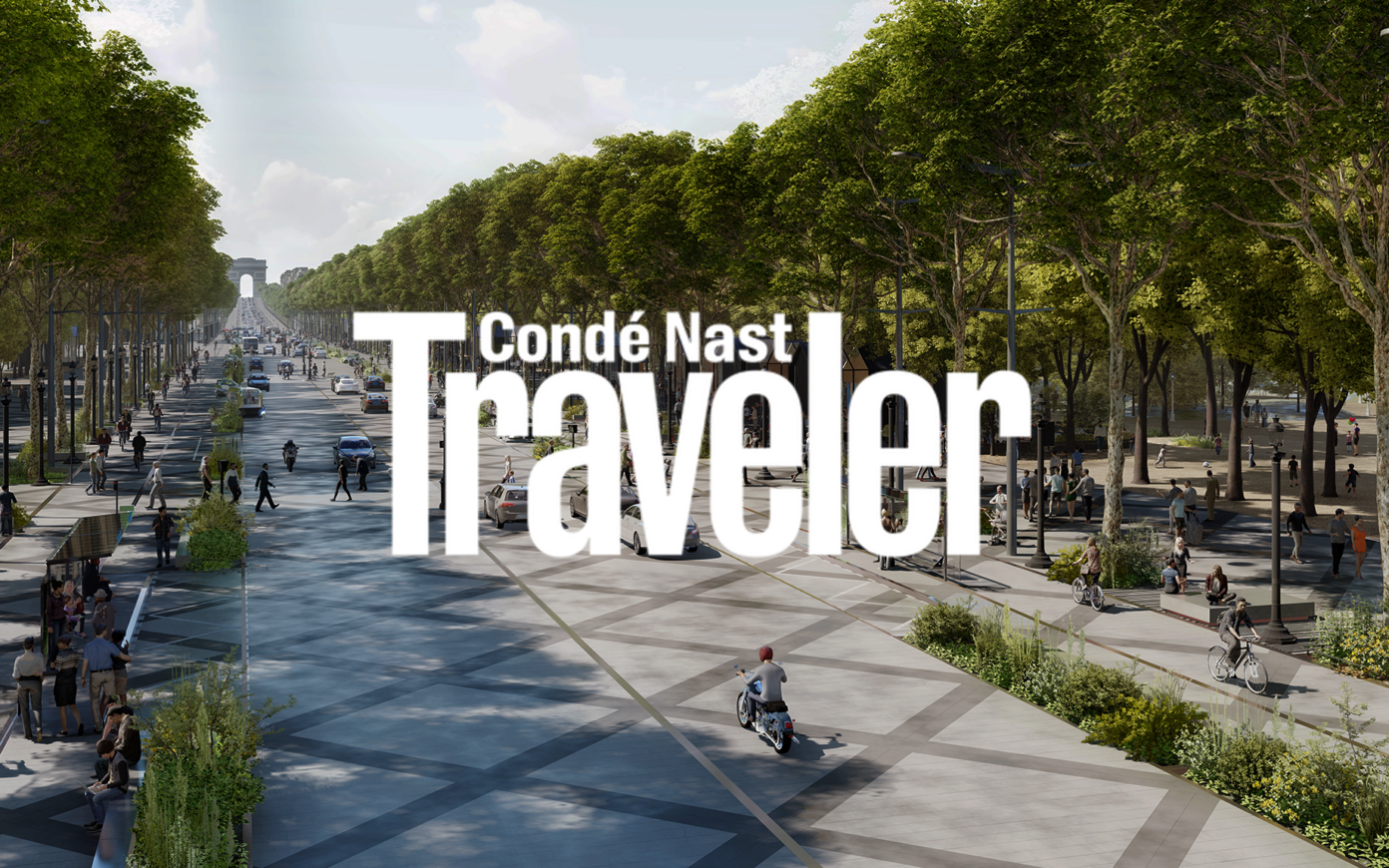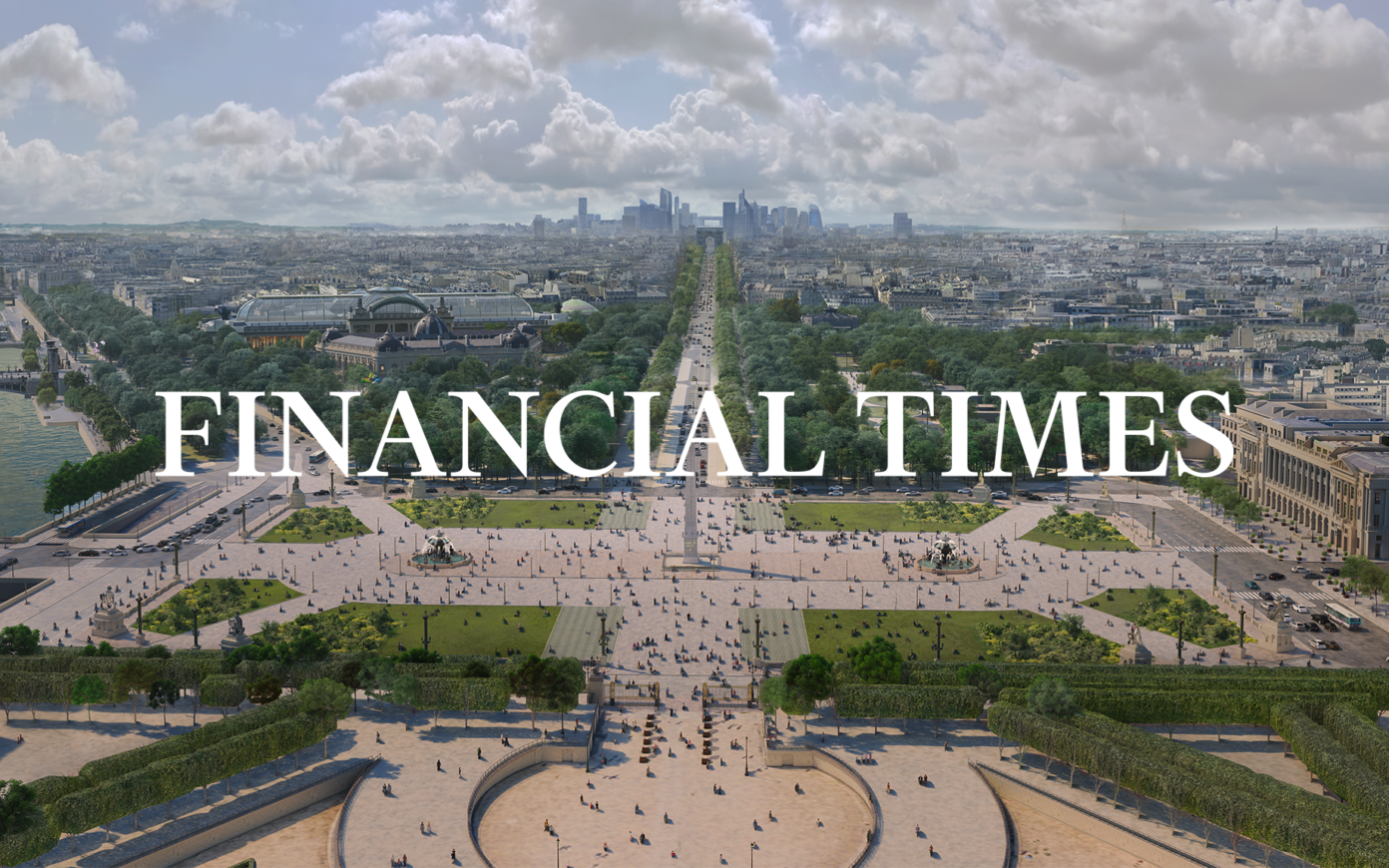At the initiative of the Comité Grande-Armée, PCA-STREAM delivers "Grande-Armée 2030", a strategic vision for reintegrating the Avenue de la Grande-Armée into the urban dynamic of Paris's historic thoroughfare and adapting it to the challenges of the 21st century city.
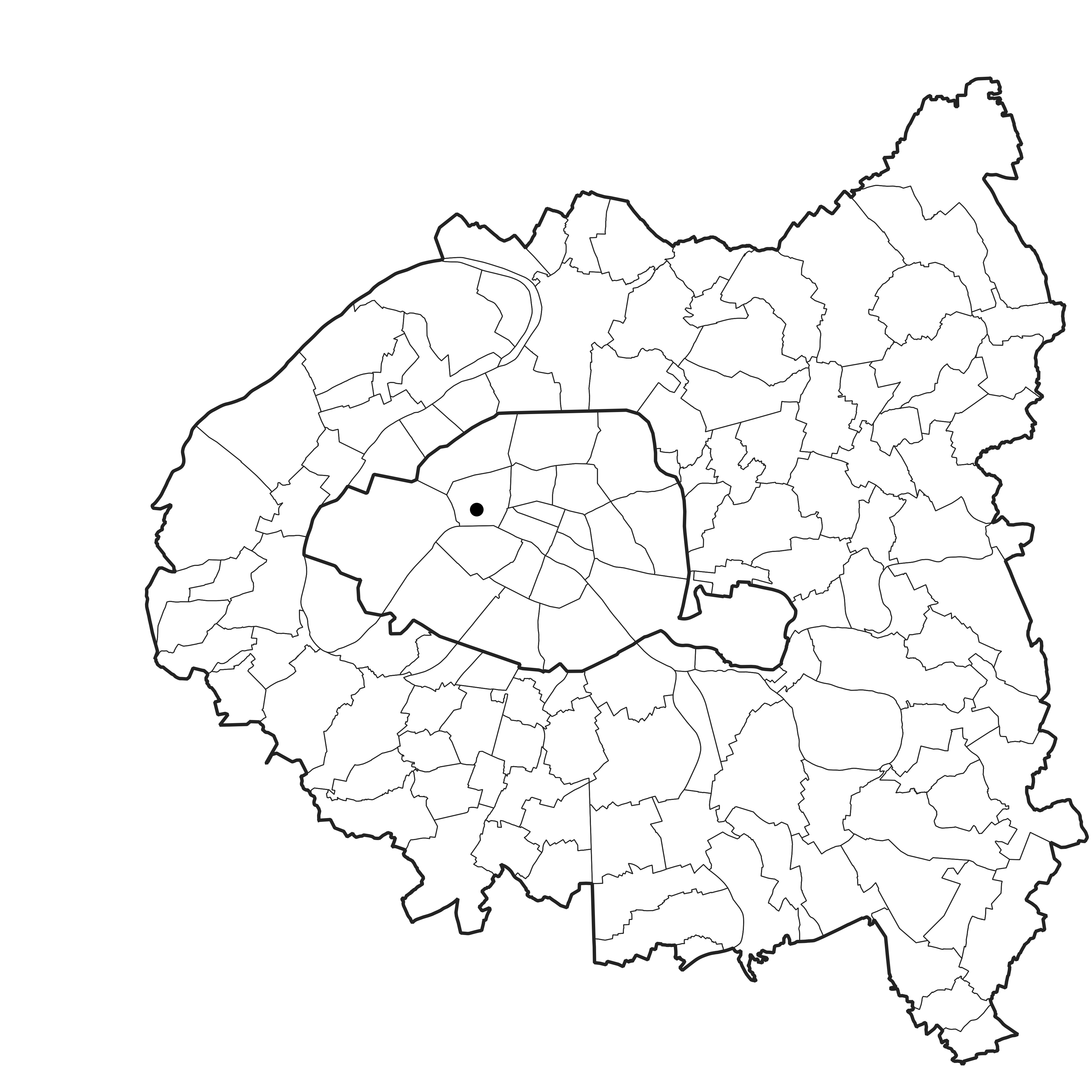
The urban metabolism: a global urban challenge
Besides its architectural practice, PCA has been carrying out cross-disciplinary research activities under the STREAM label for the past fifteen years, enabling it to put its vision of architecture and urban planning into perspective and to refine it. This forward-looking approach has, amongst other things, led to developing the notion of the urban metabolism, which the studio aspires to apply to the various scales at which it works, from the building level to the urban level.
The concept of urban metabolism encompasses a fresh approach to the city that addresses the challenges of the Anthropocene. Megalopolises create the highest amount of pollution emissions, use of natural resources, and waste generation. Mitigating the environmental impact of the urban fabric in order to keep the ecological footprint of humanity under control is a challenge we have to face together. The urban metabolism monitors physical, energy and mobility flow, thanks to the unprecedented measuring capabilities enabled by data processing, while also following a systemic approach that includes the living and sensory worlds. The urban metabolism reconsiders the traditional layer approach to spatial planning, by working on new relations and “reliances” between these layers.
From the re-enchantment to the vision
In 2018, the Comité Champs-Élysées, an organization that brings together the boulevard’s main public and private stakeholders, invited PCA-STREAM to engage in an initial study, Re-enchanting the Champs-Élysées, which was presented at a conference in April 2019. The studio decided to pursue this further with the Champs-Élysées, History & Prospects study, broadening the scope from the local subject-matter of the Champs-Élysées to the future of urban territories – work that formed the basis of an exhibition at the Pavillon de l’Arsenal in February 2020.
A counterpoint to its historical narrative, the idea was to draw up a diagnosis of the Champs-Élysées and to provide prospects which seek to connect its local context with the broader issues of our contemporary urban global condition. PCA-STREAM is thus proposing to establish a program to undertake novel urban research. This will rely on a cross-disciplinary team of technical experts, researchers from renowned academic institutions (such as MIT, Harvard and Sciences-Po), as well as creatives, following an approach that brings together art and science which was developed with STREAM.
The avenue of modern times
The Champs-Élysées is the most prestigious stretch of the major historical artery that extends over 8 km from the Louvre to the Grande Arche of La Défense. It retraces 350 years of French history in an alignment of celebrated monuments and the grand urban layout that has brought fame to French urban planning. This monumental statement of power belies a more literary and romantic history of rich outdoor parties, leafy promenades, follies, and cabarets. Its multifaceted history, which can be traced back to Louis XIV, provides invaluable insights into the Western world’s modern adventure, starting in the eighteenth century and influenced by the Cartesian worldview separating mankind and nature. The Champs-Élysées, which came into existence during this period, has been a global showcase for more than three centuries, acting as a “zero milestone” of modernity that became a place of pride for Paris and France. The study therefore also investigates the remedies to the ills of Western modernity in the very place where it began.
Unloved by Parisians: the flip side of modernity
Nowadays, the falling out between Parisians and the avenue is largely inarguable. Analysis of figures for pedestrian traffic provides a measure of the extent of this unhappy relationship: two-thirds of all pedestrians strolling along the Champs-Élysées are tourists (68%), the overwhelming majority of which comes from abroad (more than 85%). Parisians now only amount to 5% of these pedestrians. Such malaise ultimately results from a broken promise, that of an ever-better future and a permanent triumph of progress. Since its inception, the Champs-Élysées has offered the scene of the conquest of nature with its painstakingly artificialized and urbanized fields. In the day and age of the Anthropocene, the reasons why the boulevard is rejected by Parisians (overtourism, traffic, pollution, overconsumption, impervious surfaces), resonate surprisingly well with their growing concern over the state of the planet. The local syndrome thus leads us to the global diagnosis: being concerned with one of these means addressing the other.
A four-pronged action plan
A “hyperplace” in its upper stretch and a “hypervoid” in its lower stretch, the Champs-Élysées displays pathological urban conditions that are opposing, yet complementary, and the territory must be viewed as a whole, following the model of the urban metabolism. Our vision proposes to draw on the symbolic power of the Champs-Élysées to bring onboard the best talent in the country, from both the public and private sectors, and to turn the avenue into a urban demonstrator of a sustainable, desirable and inclusive city. To do so, the hyperplace must be subdued and the hypervoid must be re-invigorated, acting on the five urban strata of our model: nature, infrastructure, mobilities, uses, and the built environment. Our action plan focuses on four operational priorities with measurable effects: rethinking nature as an ecosystem, inventing new uses, reducing the impact of urban mobilities, and utilizing data.
Subduing the hyperplace
The overall vision for the district located between the Champs-Élysées roundabout and the Arc de Triomphe builds up the quality of use over a period of ten years through the reduction of nuisances (noise, heat…) and improving comfort (air quality, spaces given back to pedestrians…). The Étoile intersection is reinvented as a public plaza geared towards tourists and Parisians who come to contemplate the Arc de Triomphe. On the avenue, the promenade experience makes a comeback and flâneurs will be able to stroll up and down the historic boulevard in an atmosphere greatly improved by the reduction in motor traffic. Planted “living rooms” will offer spaces to take breaks, and a unified, magnified and newly efficient ground level, associated with increased pedestrian space, makes it easy to cross over to the other side of the avenue to take advantage of new services.
Re-enchanting the hypervoid
The gardens and the port of the Champs-Élysées, which are nowadays all but forgotten by Parisians, have extraordinary potential for new green spaces and to offer a place of experience and contemplation. On the lower end of the avenue, the same interventions uniforming the ground level are carried out, with the creation of an intermediate promenade featuring numerous catering kiosks. In order to address a constraint in terms of the insertion of landscaping, they can be assembled following a variety of versatile typologies. In the gardens, now newly accessible and freed from the nuisances brought by car traffic, an exciting program is rolled out based around fine cuisine, sports, well-being, arts and sciences, with playgrounds to accommodate families and children. A varied range of plants augments the biodiversity using species that are adapted to climate warming and which provide shade and freshness to pedestrians all remaining in keeping with Alphand’s original design. Thanks to new pathways and the covering of the tunnel feeder road, the gardens can be extended to the Seine.
A vision for tomorrow
Our vision to re-invigorate and beautify the Champs-Élysées relies on numerous different partners within its location (museums, theaters, restaurants, etc.) to bring it to fruition, and invites new protagonists to contribute to our goal. It proposes pooling the expertise and resources of all public and private stakeholders to turn the Champs-Élysées into an example of excellence, an urban laboratory bringing together researchers and creatives in order to create more sustainable, desirable and inclusive cities. Initial studies provide tangible ways to assess the impact of actions in relation to these three objectives and a baseline assessment prepared with our partners shows promising results though it will have to be expanded upon and updated.
The urban transformations which will be necessary to address today’s planetary challenges cannot be simply decreed in a ‘top-down manner’ anymore: everybody must be able to take them up as part of an experiment of responsible co-design. Furthermore, the production of the city must increasingly look to forms of partnerships in which the private sector is involved and contributes its fair share in the mitigation of externalities that have been all but disregarded to this date. Sharing the costs of the creation of common spaces is already happening in other European capitals, and financial, property or industrial partners are ready to get involved in the co-production of this urban transformation alongside the City of Paris.
The Champs-Élysées, a French national symbol, could thus take a bold and innovative approach in the modalities and financing of our living environment, reassuming its position as an inspiration for new models of urban living.
